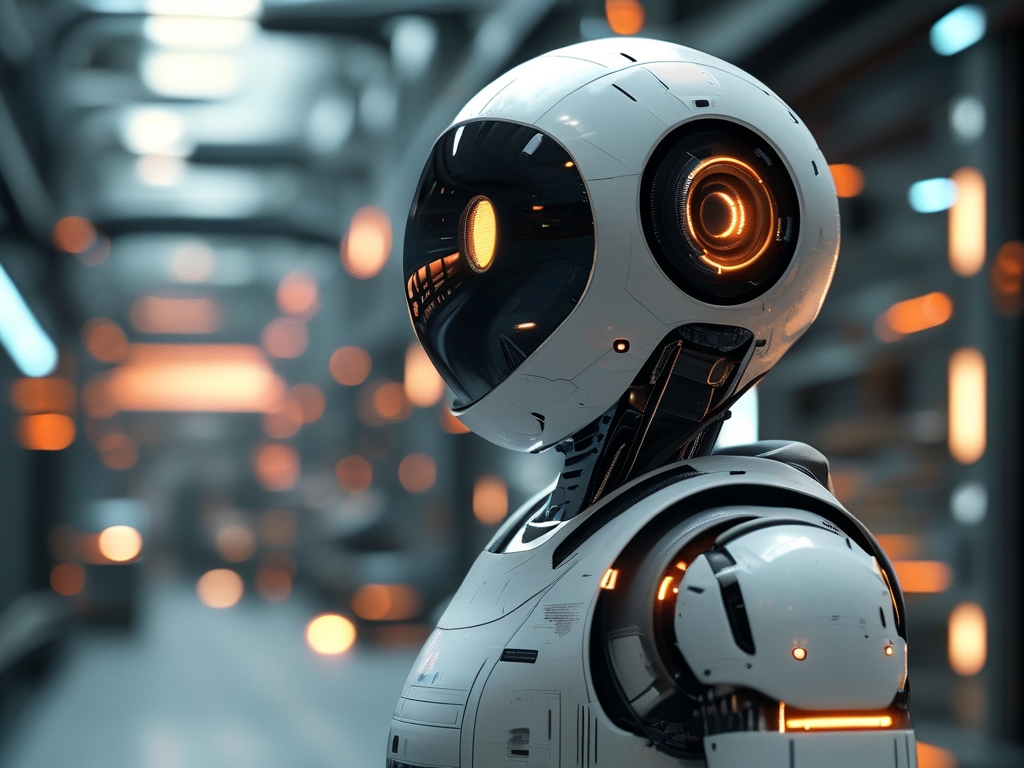The integration of robotics into modern society has sparked global discussions about the intrinsic value of technology. While skeptics question whether machines dilute human significance, proponents argue that robotics amplifies human potential through precision, efficiency, and scalability. This article explores how robotics reshapes industries while preserving—and even enhancing—human-centric values.

The Evolution of Purpose
Early industrial robots in the 1960s served singular purposes: welding car frames or assembling electronics. Today’s autonomous systems, powered by AI and machine learning, manage complex tasks—from performing microsurgeries to monitoring climate patterns. What remains consistent is their role as tools for solving human challenges. For instance, collaborative robots (cobots) in manufacturing now work alongside humans, reducing physical strain while increasing output quality. This symbiosis underscores a critical truth: technology’s worth lies in its ability to elevate human capabilities rather than replace them.
Economic and Social Impact
The International Federation of Robotics reports that every robot deployed in manufacturing creates 3.6 new jobs in engineering, maintenance, and oversight. In Japan, where aging populations strain healthcare systems, robotic exoskeletons enable nurses to lift patients safely, extending careers that might otherwise end due to physical limitations. Similarly, agricultural drones help farmers optimize crop yields while minimizing pesticide use, addressing food security without compromising environmental ethics. These examples reveal a pattern: when designed with societal needs in mind, robotics becomes a force multiplier for human progress.
Ethical Dimensions
Critics often highlight risks like job displacement or data privacy concerns. However, these challenges are not unique to robotics—they reflect broader ethical questions about technological adoption. The solution lies in proactive governance. South Korea’s "Robot Ethics Charter," established in 2007, mandates that robots prioritize human safety and dignity. Meanwhile, the European Union’s AI Act requires transparency in automated decision-making. By embedding ethical frameworks into development cycles, we ensure that robotics aligns with collective values rather than corporate interests alone.
Redefining Human Potential
One overlooked aspect of robotics is its capacity to democratize expertise. Surgical robots like the da Vinci system allow surgeons worldwide to access precision tools previously available only at elite institutions. In education, programmable robots teach coding to students in remote areas, bridging the digital divide. These applications demonstrate that technology’s greatest value emerges when it empowers individuals, regardless of their geographic or socioeconomic status.
The Path Forward
To maximize robotics’ societal benefits, three principles must guide innovation:
- Human-AI Collaboration: Systems should augment human judgment, not override it.
- Accessibility: Affordable robotic solutions must reach underserved communities.
- Sustainability: Energy-efficient designs and recyclable materials should become industry standards.
Companies like Boston Dynamics exemplify this approach. Their Spot robot, initially designed for industrial inspections, now aids archaeologists in documenting fragile historical sites—a use case its creators never anticipated. This adaptability highlights robotics’ potential to evolve alongside human needs.
The discourse around robotics often fixates on dystopian extremes, overshadowing its tangible contributions to healthcare, education, and environmental stewardship. By measuring technological value through a human-centric lens—prioritizing empowerment, equity, and ethical stewardship—we unlock robotics’ true potential: not as a replacement for humanity, but as its most sophisticated ally. As we advance, the question isn’t whether machines can think like humans, but how humans can think bigger with machines.









